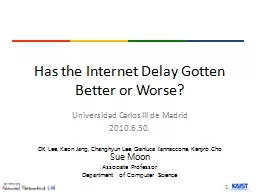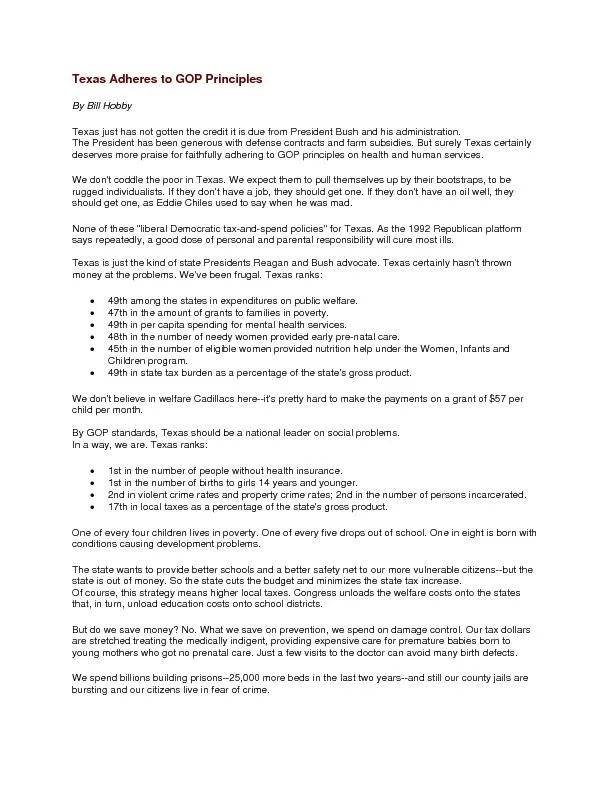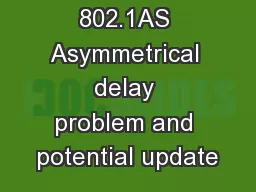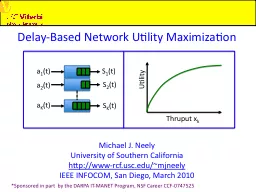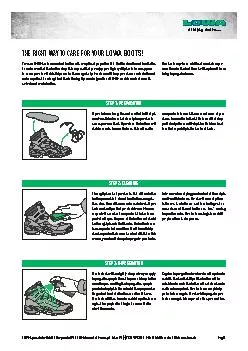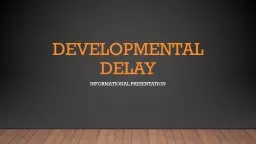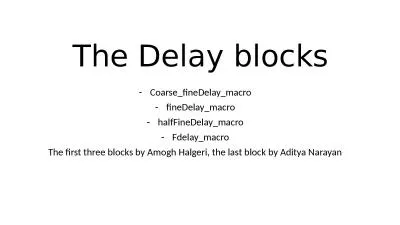PPT-Has the Internet Delay Gotten Better or Worse?
Author : conchita-marotz | Published Date : 2016-04-28
Universidad Carlos III de Madrid 2010630 1 DK Lee Keon Jang Changhyun Lee Gianluca Iannaccone Kenjiro Cho Sue Moon Associate Professor Department of Computer Science
Presentation Embed Code
Download Presentation
Download Presentation The PPT/PDF document "Has the Internet Delay Gotten Better or ..." is the property of its rightful owner. Permission is granted to download and print the materials on this website for personal, non-commercial use only, and to display it on your personal computer provided you do not modify the materials and that you retain all copyright notices contained in the materials. By downloading content from our website, you accept the terms of this agreement.
Has the Internet Delay Gotten Better or Worse?: Transcript
Download Rules Of Document
"Has the Internet Delay Gotten Better or Worse?"The content belongs to its owner. You may download and print it for personal use, without modification, and keep all copyright notices. By downloading, you agree to these terms.
Related Documents

